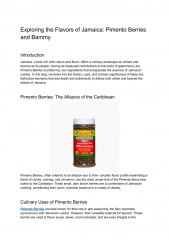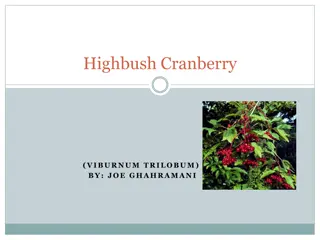Exploring the Wonders of Cinnamon Bark and Its Uses
Cinnamon bark, derived from Cinnamomum zeylanicum trees, is a revered spice known for its aromatic qualities. The powder showcases light brown or yellowish-brown color with a sweet taste. Microscopically, it contains phloem fibers, sclereids, and parenchyma fragments. This versatile ingredient serves as a carminative, flavoring agent, antiseptic, and hypotensive agent due to cinnamic aldehyde. Dive into the realm of cinnamon bark to uncover its fascinating properties and various applications.
Download Presentation

Please find below an Image/Link to download the presentation.
The content on the website is provided AS IS for your information and personal use only. It may not be sold, licensed, or shared on other websites without obtaining consent from the author.If you encounter any issues during the download, it is possible that the publisher has removed the file from their server.
You are allowed to download the files provided on this website for personal or commercial use, subject to the condition that they are used lawfully. All files are the property of their respective owners.
The content on the website is provided AS IS for your information and personal use only. It may not be sold, licensed, or shared on other websites without obtaining consent from the author.
E N D
Presentation Transcript
Cinnamon Bark Cinnamon is the dried bark of the trees of Cinnamomum zeylanicum (Fam. Lauraceae) Origin
Powder: Macroscopical characters: Colour: light brown or yellowish-brown Odour: aromatic. Taste: sweet.
Microscopical characters: 1- phloem fibers (thick lig walls and narrow lumen)singly or in short rows, lignified and colourless. 2- Numerous unequally thickened sclereids containing starch granules. 3- Fragments of parenchyma containing starch granules and minute acicular crystals of calcium oxalate and accompanied with occasional oil cells. 6- Very few cork cells.
Uses 1- As a carminative. 2- As a flavouring agent in astringent powders. 3- Aromatic antiseptic and mild astringent. 4-Hypotensive agent (cinnamic aldehyde is peripheral vasodilator ).























